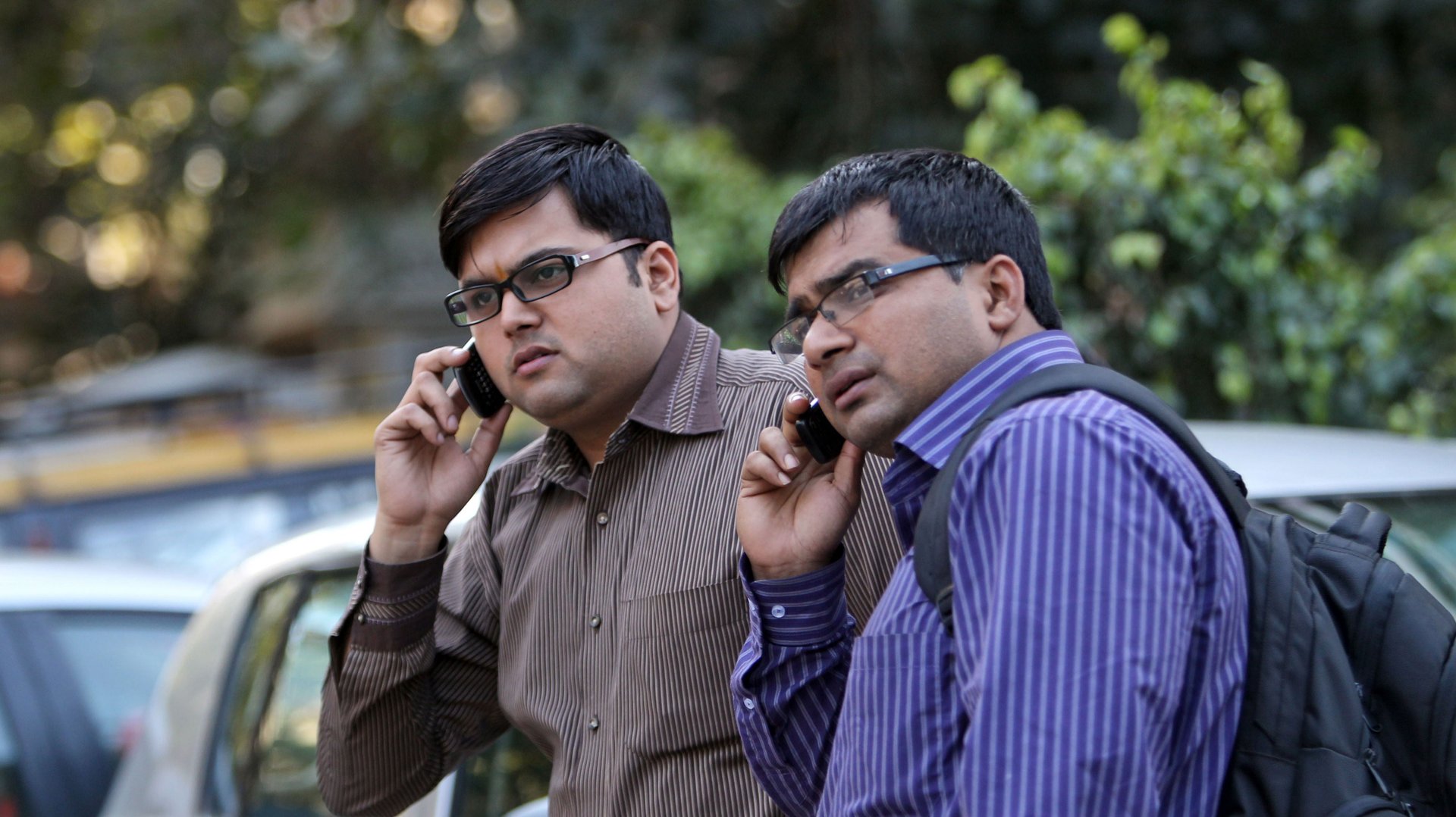India’s richest man is spending billions to provide the world’s cheapest 4G wireless
Reliance Jio Infocomm yesterday announced a tie-up with Vodafone and several other telecom companies to lay a 100 Gbps (gigabit-per-second) fiber-optic cable between the United Arab Emirates and Singapore. The 8,000-km-long (5,000 miles) “Bay of Bengal Gate” cable will also pass through Oman, India and Malaysia. It is expected to be operational by the end of 2014.


Reliance Jio Infocomm yesterday announced a tie-up with Vodafone and several other telecom companies to lay a 100 Gbps (gigabit-per-second) fiber-optic cable between the United Arab Emirates and Singapore. The 8,000-km-long (5,000 miles) “Bay of Bengal Gate” cable will also pass through Oman, India and Malaysia. It is expected to be operational by the end of 2014.
Over the past few weeks, Jio has been on an deal-making spree. Last week, the company signed an agreement with Airtel, India’s biggest mobile carrier, to use bandwidth on its i2i undersea cable linking India to Singapore. The terms of the deal were not disclosed. Reliance has also reportedly signed on Samsung to retail 4G-enabled smartphones for as little as $100, with data plans starting as low as 100 rupees (less than $2) per month.
Reliance Jio (which means “live” in Hindi) has an exclusive license to provide 4G services across India. Most mobile phones in India run on slower, older technologies. 4G—for fourth generation—is significantly faster for mobile internet. Large parts of the world are still building. Britain, for example, only recently auctioned of 4G spectrum, though the US has already had it for a few years. It is especially important in India—most of its citizens will have their first encounter with the internet on a mobile device.
Jio is a subsidiary of Reliance Industries, one of India’s most largest companies, and run by Mukesh Ambani, its richest man. He has ambitious plans for Jio. He wants to cover 700 cities and ensure that calls are rarely ever dropped. That sort of infrastructure doesn’t come cheap. The nationwide spectrum alone cost Jio $3 billion.
That may have contributed to Ambani’s peace deal with his younger brother, Anil Ambani, last month. The brothers split Reliance between them in 2005 with the younger Ambani getting Reliance Communications, a mobile operator with a 120,000 km network of optical-fiber cables within India. The agreement between them will see Jio lease capacity on the network for a one-time payment of $221 million, or about an order of magnitude less than it would cost to build.
There was talk after their deal that it might extend to telecom towers, but apparently Jio is also in talks with Airtel for similar infrastructure.
“Shared telecom infrastructure agreements are routine. You may witness more such deals taking place in a debt-laden industry keen on keeping up growth and controlling capital expenditure,” Mohammad Chowdhury of PricewaterhouseCooper told the Times of India.
India’s mobile carriers operate on razor-thin margins and have some of the lowest revenue per user in the world. Failures are not uncommon. Aircel, one of India’s biggest operators, has racked up $4.3 in debt. Its lenders are said to be considering merging the company with Tata, another provider. A recent auction for second-generation telecoms licenses flopped pretty badly, with the department of telecom raising a quarter of its target.
With an approach aimed at attracting a significant volume of users, strong prospects for long-term growth in high-speed wireless usage, and a monopoly (at least for now), Jio may be able to avoid some of the issues hurting other wireless businesses. And its parent company, Reliance Industries, has some $15 billion in cash sitting around. Building up a solid 4G network for India seems like a sensible way to spend some of it.